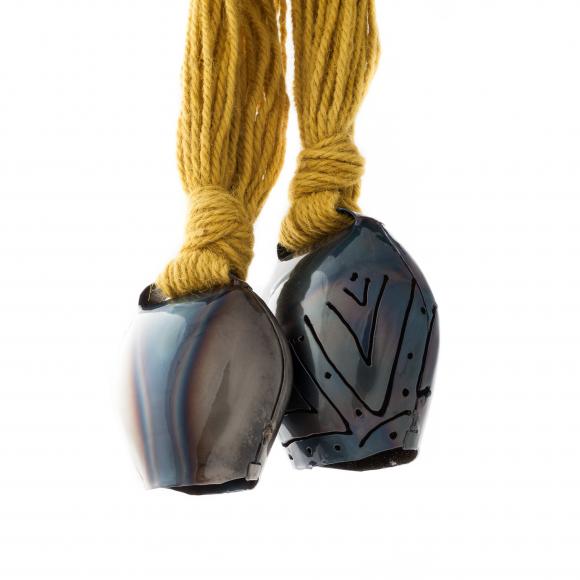Metals
Il settore
Nowadays, the craftsmanship of metals features a refined production that combines craft excellence and new functional and aesthetic designs, as well as technological innovations applied to the use of various tools and materials. Local workshops, which are often family businesses, combine ancient skills with contemporary tastes, which stem from research or education, together with art and design.
Productions range from those focusing on a specific function, such as furniture and architectural accessories, tailor-made and featuring a unique charm, and those focusing on clearly artistic and decorative elements. The themes of tradition and identity remain at the very heart of this production, reinvented by the individual workshops with strong personal connotations.
In traditional activities such as the crafting of wrought iron and supple metals, e.g. copper and tin, which are useful to create functional tools of household use, techniques are mixed and reinterpreted to create decorative evocative results of great visual impact. Among all craft sectors, metalworking is today one of the most innovative ones, open to new design concepts, using manual processes as a means to guarantee top quality in all products.
The legacy of traditional craftsmanship
The most aesthetic as well as functional production was wrought iron, mainly intended for domestic use, and in particular, for cooking: the tripods supporting pots to be used in house fireplaces, lidded pots, grills, skewers and skewer holders, were popular artifacts in homes, to be stored on wall racks, enbellishing all settings together with baskets and terracotta vessels. Many of those artifacts were included in bridal trousseaux.
From the second half of the 19th century, wrought iron was also used in architecture, both as a structural and a decorative element. In the new residential concept, more and more popular in the main cities, façades were embellished with parapets, window grates and wrought portal tops, decorated with different motifs.
Towards contemporary design
In terms of contemporary design, the changes made during the first decades of the twentieth century are worth mentioning. The workshop system began to be affected by social changes. In larger cities, the work of craftsmen was led more often by architects and artists. Training and apprenticeship moved from the workshops to the schools. Artist Francesco Ciusa, who took his post as the Director of the School of applied arts of Oristano in 1925, focused on the functional and stylistic review of wrought iron productions. His works were inspired by traditional shapes and decorative motifs of other crafts.
Pottery and craftsmanship in general, develop today in a favourable environment. The last local craftsmanship biennale, the nineteenth edition of the Domo event, was awarded the prestigious 2011 Compasso d'Oro design prize. The award highlighted a major change, a renewed interest in crafting procedures, for the concept of slow design. An invitation, an opportunity to give new life to it.


















